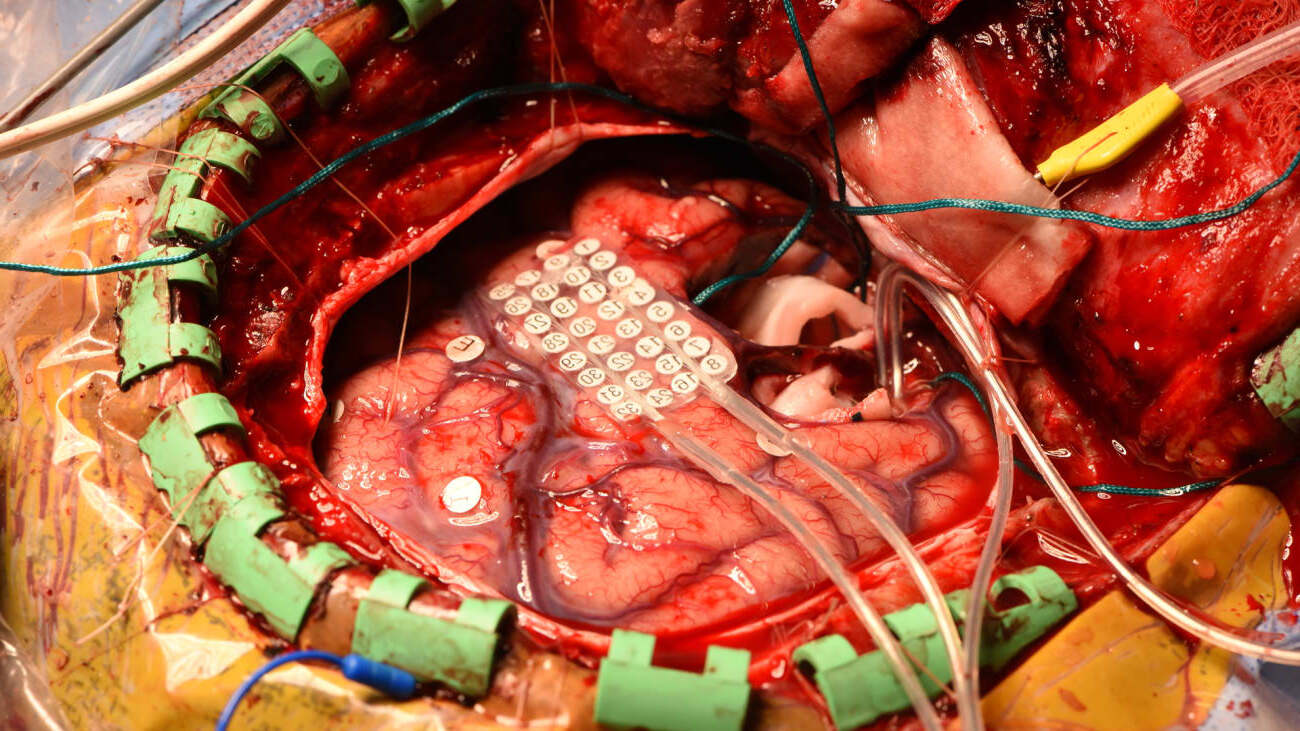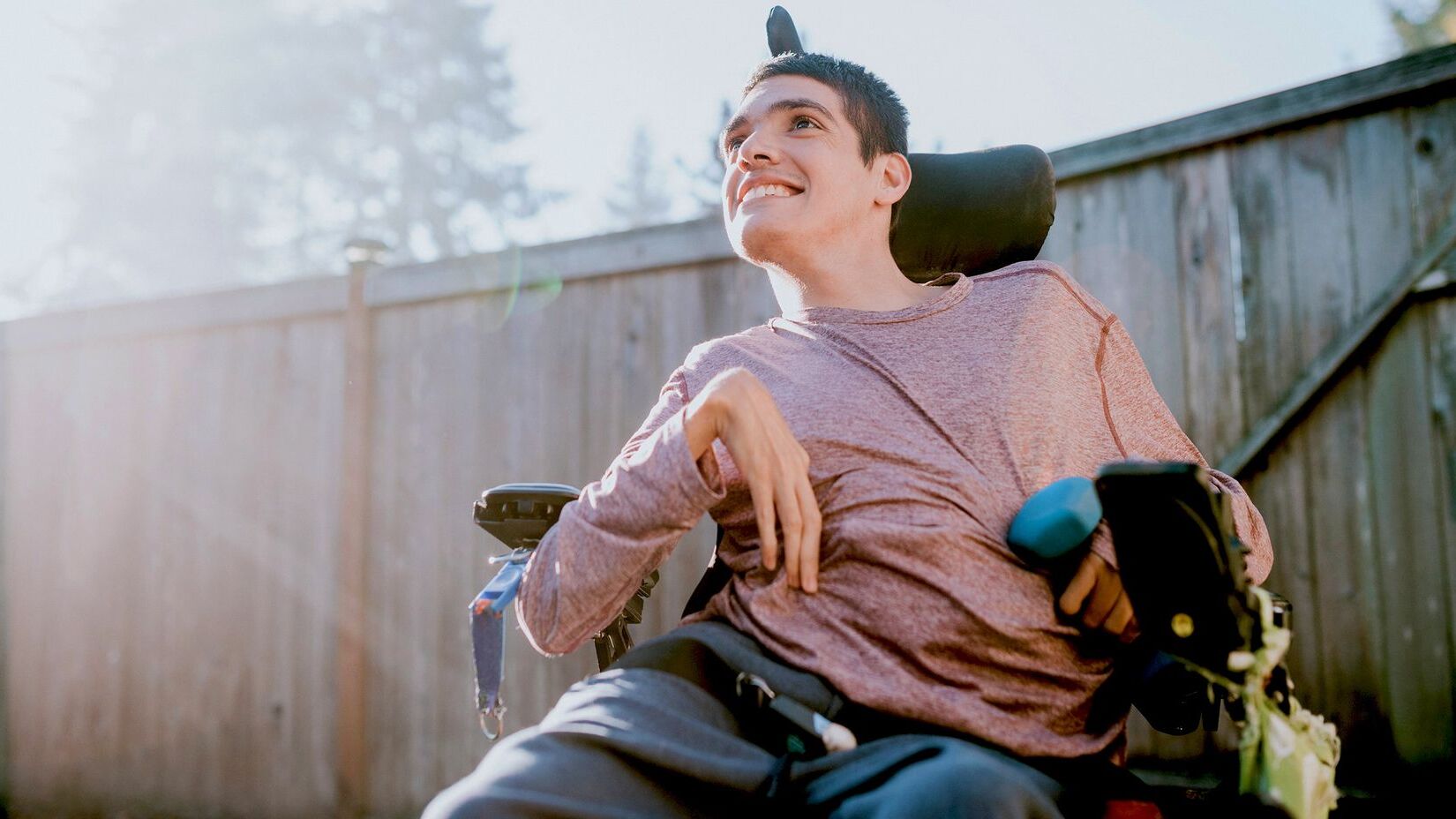
Cerebral Cavernous Malformations (CCMs) are clusters of abnormal blood vessels in the brain or spinal cord. These malformations, often present at birth, can vary in size and may cause a range of symptoms. Some people with CCMs experience headaches, seizures, or neurological issues, while others remain symptom-free. The risk of hemorrhage, where the malformation bleeds into the brain, is a significant concern. Diagnosing CCMs typically involves MRI scans, and treatment options include medication, surgery, or regular monitoring. Understanding the genetic factors and potential complications of CCMs is crucial for effective management and care.
Key Takeaways:
- Cerebral Cavernous Malformations are abnormal blood vessel clusters in the brain, causing symptoms like headaches and seizures. Genetics play a role, and early detection is crucial for effective management.
- Ongoing research aims to improve understanding and treatment of CCMs, including genetic testing, multidisciplinary care, and potential new treatment areas involving the microbiome and endothelial TLR4.
What is Cerebral Cavernous Malformation?
Cerebral cavernous malformations (CCMs) are clusters of abnormal blood vessels found in the brain and spinal cord. These malformations can cause a variety of symptoms and complications. Let's dive into some key facts about CCMs.
-
Definition: A CCM is an abnormally large collection of low-flow vascular channels without brain tissue intervening between them.
-
Prevalence: About 1 in 100 to 200 people have these malformations, making them relatively common.
-
Formation: CCMs likely form before or shortly after birth, though some may appear and disappear over time on MRI scans.
Symptoms and Risks
Understanding the symptoms and risks associated with CCMs is crucial for early detection and management.
-
Symptoms: Common symptoms include headaches, seizures, changes in hearing or vision, weakness, paralysis, and cognitive difficulties.
-
Hemorrhage Risk: These malformations can burst and bleed into the brain, causing serious neurological problems, including stroke and, in rare cases, death.
-
Age of Onset: While children can have symptoms, most affected individuals are between 20 and 50 years old.
Genetic Factors
Genetics play a significant role in the development of CCMs, especially in familial cases.
-
Genetic Inheritance: Some CCMs are caused by gene mutations, leading to familial cavernous malformations inherited from a parent.
-
Familial vs. Sporadic CCMs: Familial CCMs often have different characteristics compared to sporadic ones, including associations with developmental venous anomalies.
-
Prenatal Genetic Testing: Available for families with a history of multiple CCMs, helping identify genetic mutations early.
Diagnosis and Imaging
Accurate diagnosis and imaging are essential for managing CCMs effectively.
-
Imaging Characteristics: CCMs typically appear as multiple small, rounded lesions with a "popcorn" appearance on MRI scans.
-
Diagnosis: Common diagnostic tools include MRI scans, EEGs, CT scans, and blood tests. Gene testing is also available in some clinics.
-
Radiological Imaging: Techniques like MRI with susceptibility-weighted imaging provide detailed views of these malformations.
Treatment Options
Various treatment options are available depending on the severity and location of the malformation.
-
Medicine for Symptoms: Antiepileptic medicines are often used to manage seizures.
-
Surgery: Surgical removal of the malformation is an option for some patients.
-
Monitoring: Regular MRI scans help keep an eye on the lesion's activity and size.
-
Surgical Outcomes: Outcomes vary depending on the malformation's location and size, with brainstem cavernous malformations posing specific challenges.
Natural History and Management
Understanding the natural history and management strategies for CCMs can help in planning appropriate interventions.
-
Natural History: The course of CCMs can vary significantly; some people may never experience symptoms, while others may have frequent hemorrhages.
-
Hemorrhage Risk Management: Regular monitoring and imaging help identify potential bleeding sites early.
-
Temporal Clustering of Hemorrhages: Hemorrhages from untreated CCMs can occur in clusters, suggesting higher bleeding risk at certain times.
Research and Future Prospects
Ongoing research aims to improve our understanding and treatment of CCMs.
-
Microbiome and CCMs: Recent studies suggest that the endothelial TLR4 and the microbiome may play a role in CCM development.
-
Histopathological Features: These malformations are characterized by dilated capillaries with thin, less elastic walls prone to leakage.
-
Clinical Course: Individual patient data meta-analysis provides insights into the natural history of these malformations.
-
Treatment Systematic Review: Reviews and meta-regression analyses evaluate the effectiveness of various treatments for CCMs.
-
Management from Diagnosis to Treatment: A multidisciplinary approach is essential for managing CCMs effectively.
-
Symptom Management: Antiepileptic medications manage seizures, while other medications alleviate headaches and other symptoms.
-
Surgical Techniques: Modern neurosurgical techniques, including stereotactic laser ablation, have improved outcomes for patients.
-
MRI Monitoring: Regular MRI monitoring tracks the malformation's size and activity, allowing timely intervention.
-
Gene Testing: Identifying genetic mutations helps in providing genetic counseling and potentially preventing new malformations.
-
Radiation Therapy: Sometimes leads to the development of CCMs in pediatric cancer patients, an important consideration for oncologists and neurologists.
-
Endothelial TLR4 and Microbiome: Research shows these factors play a role in CCM development, highlighting potential new treatment areas.
-
Clinical Guidelines: Essential for ensuring consistent and effective care, based on the latest research and clinical evidence.
-
Patient Education: Crucial for managing CCMs, helping patients understand their condition, risks, and treatment options.
-
Multidisciplinary Care: Involves neurologists, neurosurgeons, radiologists, and other healthcare professionals, improving outcomes and reducing complications.
-
Research Directions: Focus on understanding molecular pathogenesis, developing new treatments, and improving diagnostic techniques.
-
Future Prospects: Advances in genetic counseling, prenatal testing, and targeted therapies hold potential for preventing or reducing the impact of these malformations.
Final Thoughts on Cerebral Cavernous Malformation
Cerebral cavernous malformations (CCMs) are more common than you might think, affecting about 1 in 100 to 200 people. These clusters of abnormal blood vessels can cause a range of symptoms, from headaches and seizures to more severe neurological issues. While some CCMs are inherited, others appear without any family history. Diagnosis usually involves MRI scans, and treatment can range from medication to surgery, depending on the severity and location of the malformation. Regular monitoring is crucial to manage the risk of hemorrhage. Advances in genetic testing and surgical techniques offer hope for better outcomes. Understanding CCMs, their symptoms, and treatment options can make a big difference in managing this condition effectively. Stay informed, consult healthcare professionals, and consider genetic counseling if there's a family history of CCMs.
Frequently Asked Questions
Was this page helpful?
Our commitment to delivering trustworthy and engaging content is at the heart of what we do. Each fact on our site is contributed by real users like you, bringing a wealth of diverse insights and information. To ensure the highest standards of accuracy and reliability, our dedicated editors meticulously review each submission. This process guarantees that the facts we share are not only fascinating but also credible. Trust in our commitment to quality and authenticity as you explore and learn with us.


